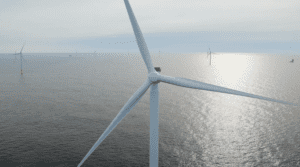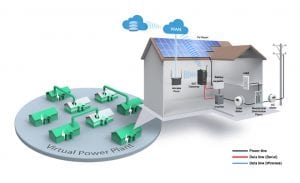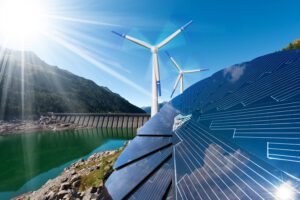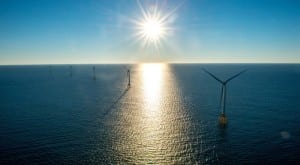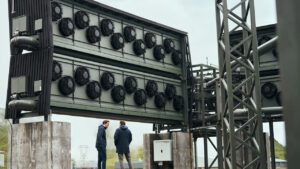RENEWABLE POWER Direct
-
Offshore Wind
Offshore Wind Area Detailed for Gulf of Maine; New York Project Delivering Power
The U.S. Bureau of Ocean Energy Management (BOEM) has completed its designation of an offshore wind energy area in the Gulf of Maine. The BOEM, in a notice published in the Federal Register on March 18, said two million acres has been earmarked for development in that region. The BOEM in its announcement said the […]
-
Legal & Regulatory
Measure Twice, Cut Once—A Roadmap for Enabling VPPs Through Policy and Program Design
Virtual power plants (VPPs), as aggregations of dispatchable distributed energy resources (DERs), can deliver grid services ranging from resource adequacy to reliability at scale—all while making energy more affordable. Yet, despite their merits, the U.S. utility industry is yet to leverage the full potential of these readily available, affordable, customer-sited resources to add flexibility to the grid. Of course, the decision to incorporate […]
-
Interview
The POWER Interview: Diving Into Data With Autonomous Inspection of Utility Assets
Companies offering the ability to collect data for use by electric utilities are finding their services in demand as the power generation sector embraces digitization. It’s an industry that promotes innovation, as utilities need to track the real-time performance of thermal and renewable energy generation assets, and gain more insight about how their equipment is […]
-
Interview
The POWER Interview: IRA’s Impact on Solar’s Evolution
The Solar Energy Industries Association (SEIA) and Wood Mackenzie’s recent report on solar power installations said the U.S. installed a record 32.4 GW of new solar generation capacity in 2023, including 22.5 GW of new utility-scale capacity. That’s a 37% jump from the previous record, set in 2021, and a 51% increase from 2022. The […]
-
Solar
How HIL Testing Supports Grid Reliability and Power Project Success
Hardware-in-the-loop (HIL) testing involves simulation of power plant behavior using the actual site-specific power plant controls before the commissioning stage. HIL testing can benefit all project
-
Offshore Wind
New York Moves to Resurrect Two Major Offshore Wind Projects
New York officials put forth conditional contracts to buy electricity from two proposed offshore wind farms, announcing the awards Feb. 29 for installations that would be the largest power generation projects built in the state in decades. The solicitation by the New York State Energy Research and Development Authority (NYSERDA), which allowed developers to exit […]
Tagged in: -
Renewables
Texas Adds Two More Utility-Scale Solar Power Projects
Texas continues to add to its U.S.-leading portfolio of renewable energy projects, with two large solar power installations recently coming online. Clearway Energy Group on Feb. 22 said it had completed the 452-MW Texas Solar Nova complex in Kent County. The multimillion-dollar array, which was built in two phases, already has offtake agreements, including a […]
-
Sustainability
Clearing the Air: Is Direct Air Capture a Savior, Distraction, or a Trojan Horse?
Direct air capture (DAC) holds promise to extract carbon dioxide from the atmosphere, potentially becoming a crucial tool in the battle against climate change. Amidst heated debates over its feasibility, cost, and effectiveness, this comprehensive analysis dissects DAC’s potential through energy modeling and policy discussion. Can DAC truly fulfill its promise and play a significant […]
-
Interview
The POWER Interview: Heliene CEO Touts Support for U.S. Solar Manufacturing
Several solar power equipment manufacturing companies are building factories in the U.S., with many of those groups saying the investments are due to passage of the Inflation Reduction Act (IRA) and its incentives tied to domestic production. One of those companies is Heliene, a Canada-based solar power equipment maker. Heliene, which also makes solar panels […]
Tagged in: -
Electrification
The Need for Consumer Engagement in the Transition to Clean Energy
To state it simply, current decarbonization goals cannot happen without deeper engagement between utilities and their customers, and utilities are not yet truly harnessing the potential that their customers bring. In order to begin to realize this wholesale shift from customers as “load” to customers as “resource,” utilities must facilitate customer participation in energy-saving initiatives […]

